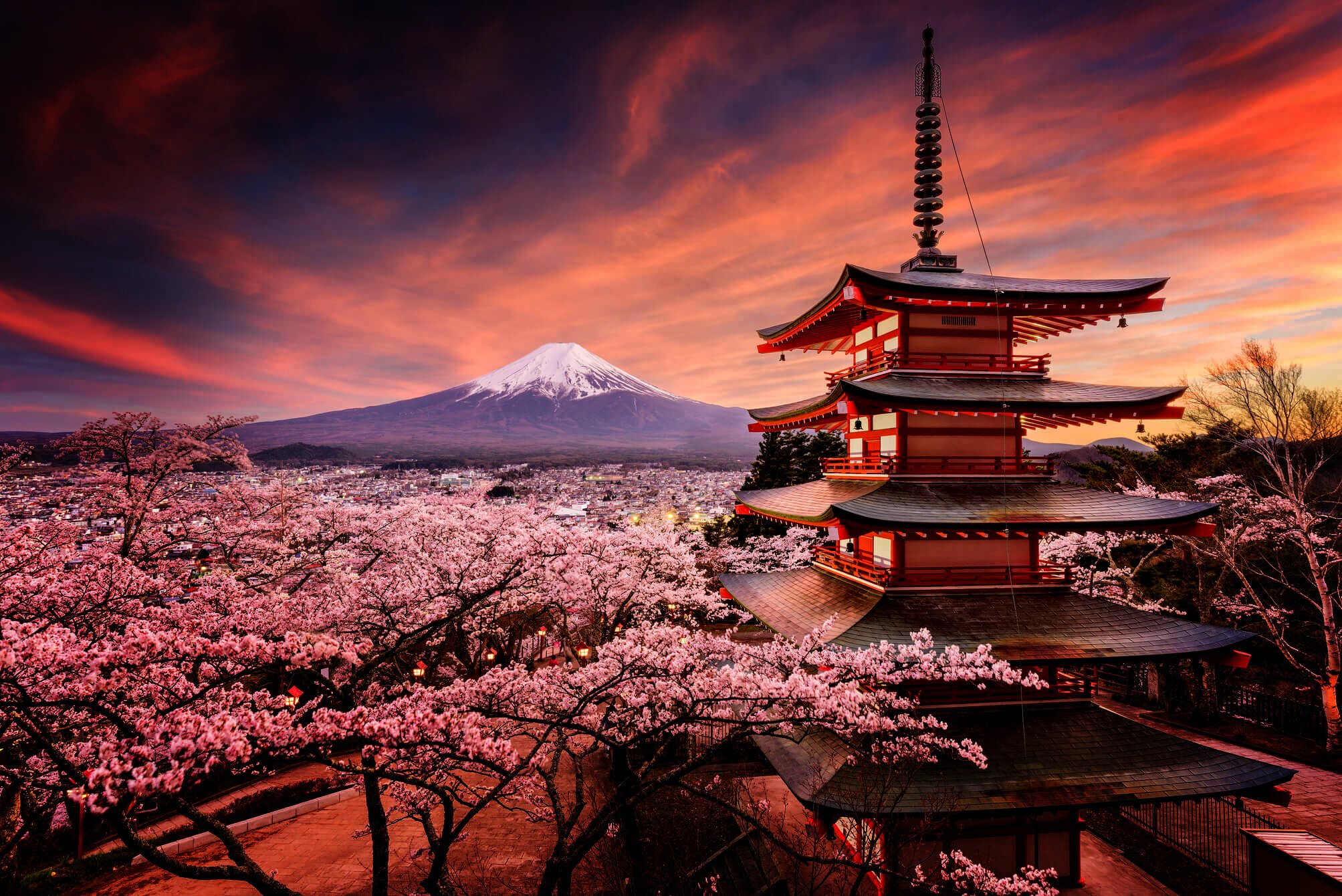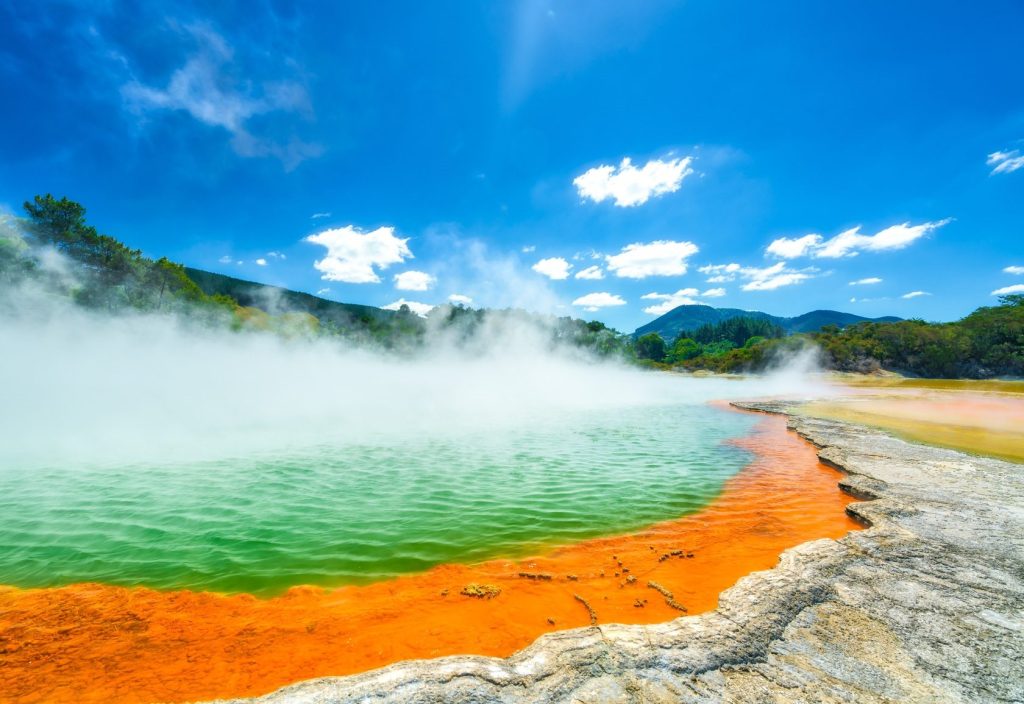There are three layers of vocabulary in Japanese – waga, kango and gairaigo.
Vago – words from the technical field, as well as commonly used words from japanese to english. The total number of words in this layer is small.
An essential part of the terms is formed by words from the Kango layer. Any term can be translated in one word or phrase, if there are analogues in Russian.
Gairaigo come to Japanese from different parts of the world. The Japanese borrowed many words from English, from Russian and other languages. The peculiarity of the words of this vocabulary layer is that they are written in katakana using closed syllables, and this is difficult, since Japanese does not have certain sounds and hissing sounds.
Gojuon and Kana syllabaries
The alphabet Kana reflects all phonetic features, kana denotes syllables. Almost any word can be written in kana. You probably know the varieties of kana – Katakana and Hiragana.
Katakana – Simplified hieroglyphs, have a printed form of writing. Hiragana and japanese to english translation is the base for more complex handwritten characters. This explains the identical reading and designation of characters in these alphabets.
The Gojuon table combines all the signs of the kan alphabet. Each of them represents a syllable.
Japanese phonemes
Japanese has 5 vowel phonemes. Timbre they are similar to similar sounds in Russian and can be short and long. If we talk about hard consonants, they do not differ from similar sounds in Russian, with the exception of “R”.
The phonemes G and Z are pronounced differently depending on the position in the word. If the phoneme G is at the beginning, it will sound in the usual way for us. It is worth placing it in the middle – you get a nasal “G”.
In this article, you learned only about some of the lexical features of the Japanese language.



